In Ferrara, Palazzo dei Diamanti is hosting a major new exhibition in the series dedicated to the Ferrara Renaissance. It is entitled The Sixteenth Century in Ferrara. Mazzolino, Ortolano, Garofalo, Dosso and is curated by Vittorio Sgarbi and Michele Danieli, under the direction of Pietro Di Natale. This event represents the second stage of a broader investigation launched last year as part of the program Renaissance in Ferrara. 1471-1598 from Borso to Alfonso II d’Este, which explores the period from the city’s promotion to a duchy until its passage under the control of the Papal States.
The exhibition, scheduled from October 12, 2024 to February 16, 2025, is a natural continuation of Renaissance in Ferrara. Ercole de’ Roberti and Lorenzo Costa (Feb. 18-June 19, 2023, our review here), recounting early 16th-century painting in Ferrara. This period spans the years of the transfer of power from Ercole I d’Este to his son Alfonso in 1505, until Alfonso’s death that occurred in 1534. Alfonso, a refined patron of the arts, renovated both the private spaces of the court and the public spaces of the city, facing the challenge of high artistic turnover after the passing of masters such as Cosmè Tura, Francesco del Cossa and Ercole de’ Roberti. Then, in 1496, Alfonso turned to Boccaccio Boccaccino, with the desire to follow a more modern, softer taste.
A new school therefore developed from this choice, and the exhibition highlights precisely the new Ferrarese school of painting, open to exchanges with other cultural centers and represented by artists such as Ludovico Mazzolino, Giovan Battista Benvenuti known as l’Ortolano, Benvenuto Tisi known as Garofalo, and Giovanni Luteri known as Dosso Dossi. While Dosso and Garofalo are better known names, much less well known are Mazzolino and l’Ortolano, artists who have never had an exhibition dedicated to them.
Ludovico Mazzolino (c. 1480 - c. 1528), trained following Ercole de’ Roberti and the early Lorenzo Costa, is distinguished by an anticlassical language, influenced by German painting and engravings, such as those of Albrecht Dürer and Martin Schongauer, but he is also familiar with the Venetians, Boccaccino, as well as Raphael and ancient culture. However, his works, intended for private collecting and depicting scenes often filled with characters and highly charged, far from Raphaelesque grace, are animated by visionary accents and a noisy vitality that makes him one of the most bizarre painters in northern Italy at the time, one of the “eccentrics” of the period.
Giovan Battista Benvenuti known as l’Ortolano (c. 1480/85 - c. 1530), on the other hand, follows a sincere naturalism. Influenced by Boccaccino, Lorenzo Costa, and Francesco Francia, Ortolano approached the Venetian culture of Giorgione and the innovations of Raphael, producing masterpieces characterized by a “classicism [...] naturalized by illusionistic light” (so Roberto Longhi) and a clear light that isolates the characters in his paintings cloaking the compositions with an almost mysterious atmosphere, also intended for private collecting and particularly for devotion. These were works of Raphaelesque inspiration but also updated on Venetian painting, especially landscape painting.
Benvenuto Tisi known as Garofalo (1481 - 1559) emerged as the main Ferrara interpreter of Raphael’s style, combining the elegance of Venetian painting (in fact, he approached the work of Giorgione) with the innovations of central Italy. His calm, elegant works populate the churches and private collections of Ferrara: in the Emilian city, Garofalo was the principal follower of Raphael’s style, which he followed diligently and of which he gave evidence in his elegant, tranquil altarpieces found in several of the city’s churches. Like Mazzolino and Ortolano, Garofalo often worked for private commissions.
Giovanni Luteri known as Dosso (c. 1486 - 1542) was one of the leading artists of the Este court, known for his painting influenced by Giorgione, Titian, and Michelangelo. Originally from the Duchy of Mirandola, he made his debut in Mantua in 1513 after which he moved to Ferrara where he worked on his masterpiece, the Costabili polyptych in the church of Sant’Andrea (now in the Pinacoteca Nazionale) along with Garofalo. His allegorical and mythological works, often inspired by Ariosto, stand out for their depth of color and Venetian light. The first work that is definitely dated, however, is the Madonna and Child in Glory and Saints for Modena Cathedral, a painting from 1521 where the artist already demonstrates knowledge of Michelangelo and Roman culture. From this date on, Dosso developed his own original, cultured and also rather extravagant style, a style that was successful with the Este family so much so that, while Garofalo was a favorite of the clergy, Dosso instead monopolized the ducal works, often working on allegorical and mythological themes, but also literary ones, inspired in particular by the works of Ludovico Ariosto.
The exhibition also includes the works of other masters such as Domenico Panetti, Boccaccio Boccaccino, Lazzaro Grimaldi, Niccolò Pisano, and the Master of the Twelve Apostles (but also non-Ferrarese masters who were important for the local school: Fra’ Bartolomeo, Romanino, Amico Aspertini, and Albrecht Dürer), creating an exhibition itinerary that extends to the rooms of the Pinacoteca Nazionale. Through this rich selection, “The Sixteenth Century in Ferrara” offers a comprehensive view of an artistic season in which ancient and modern, sacred and profane, history and fairy tale come together in a figurative world that is typically Ferrara.
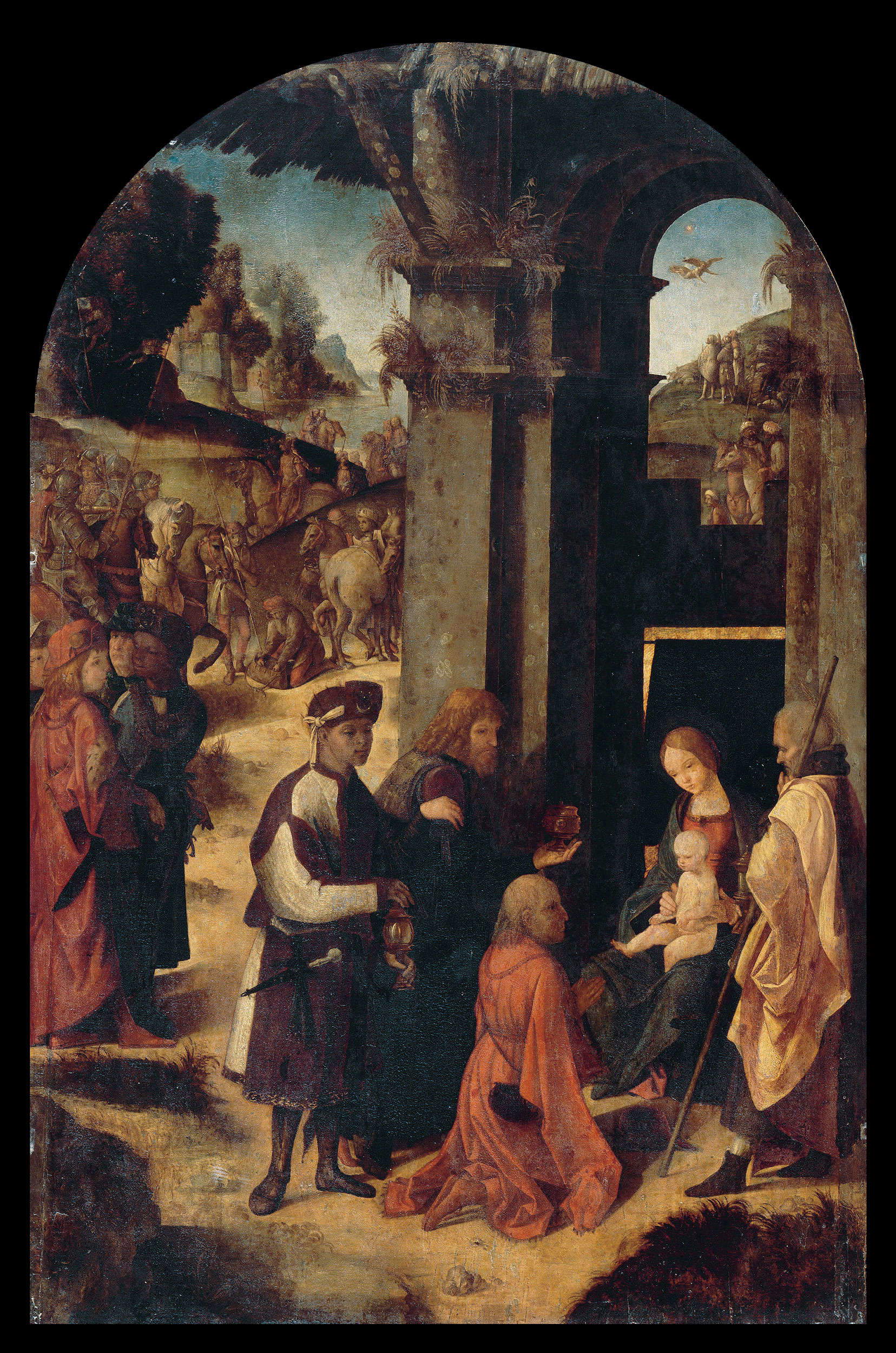
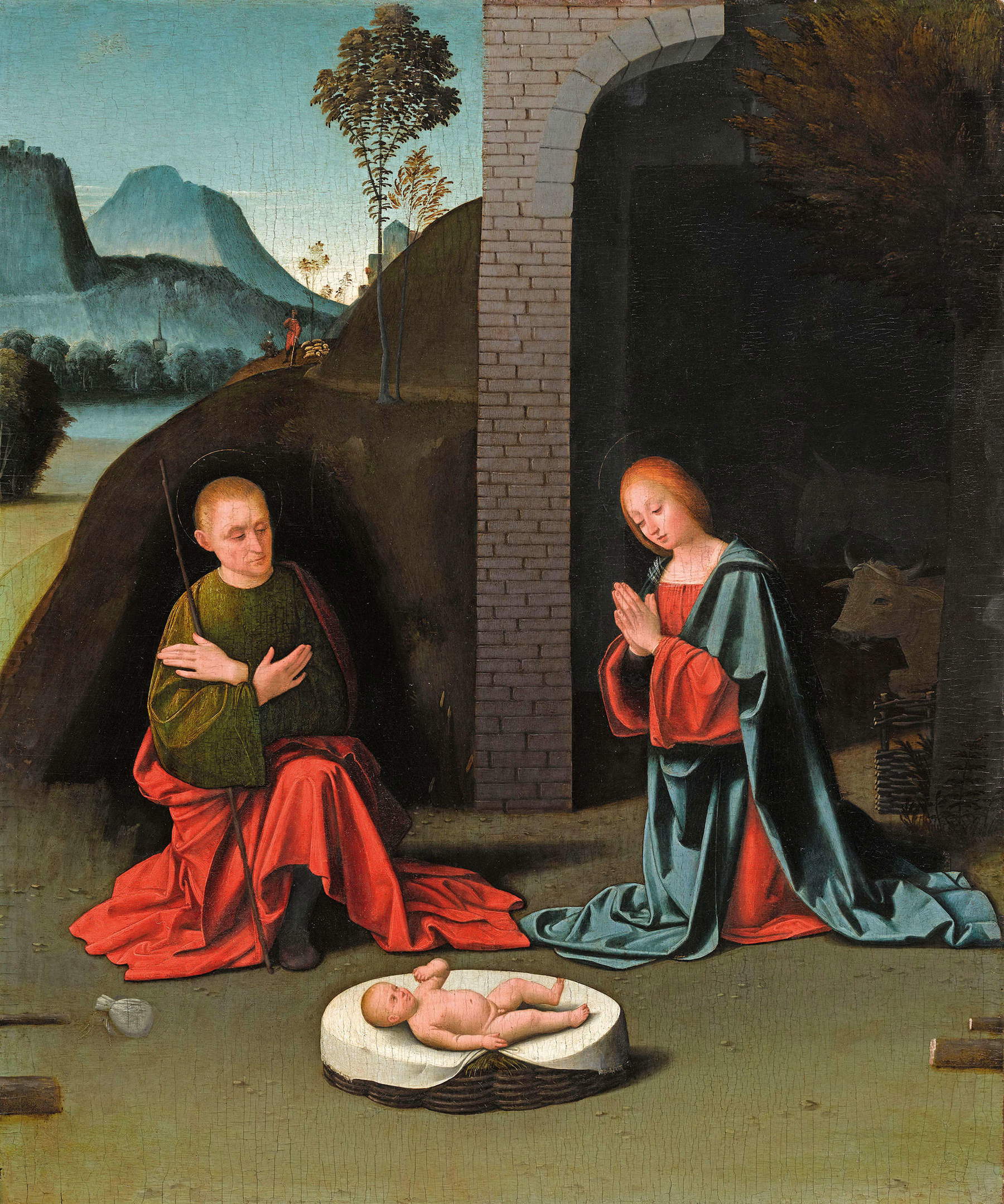
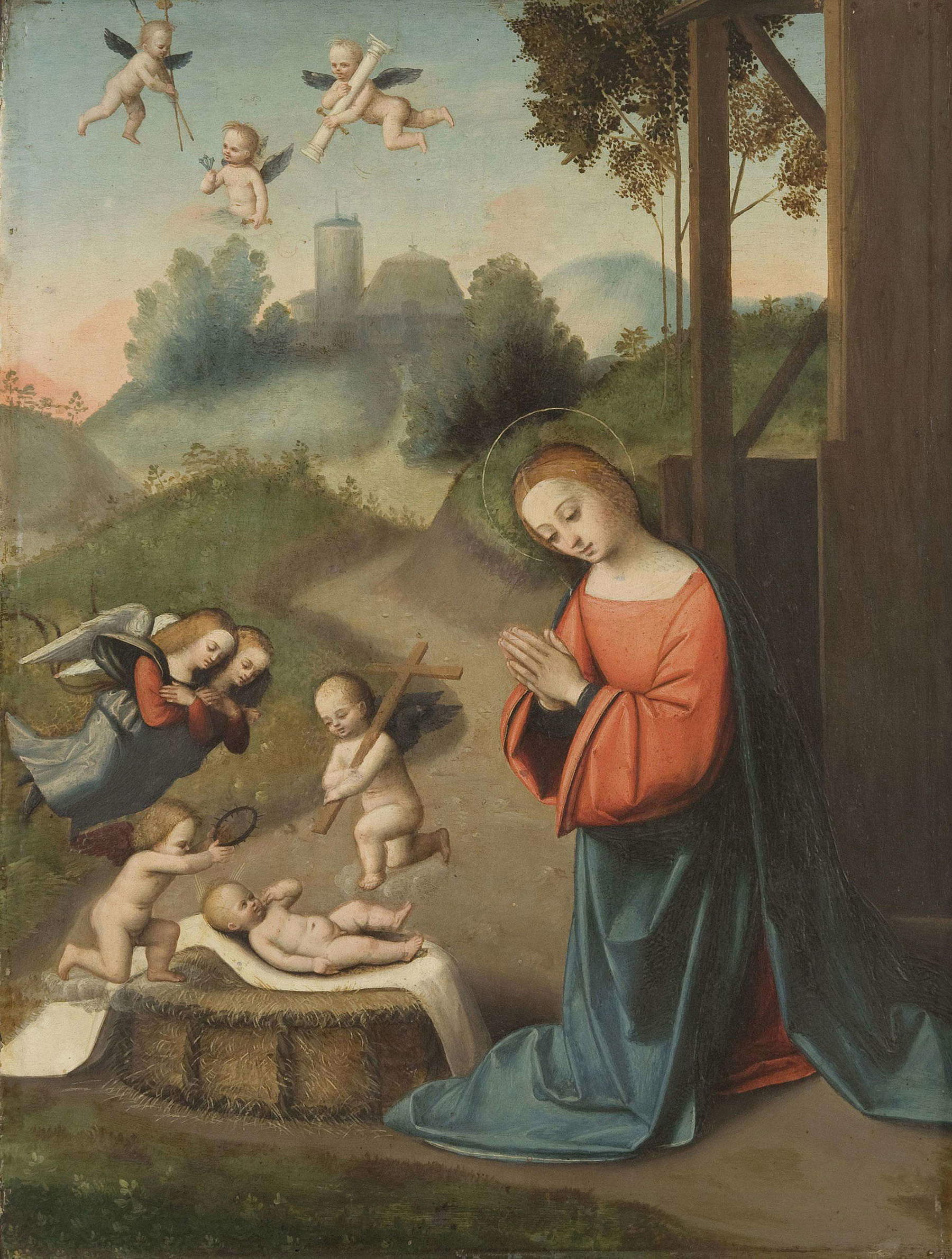
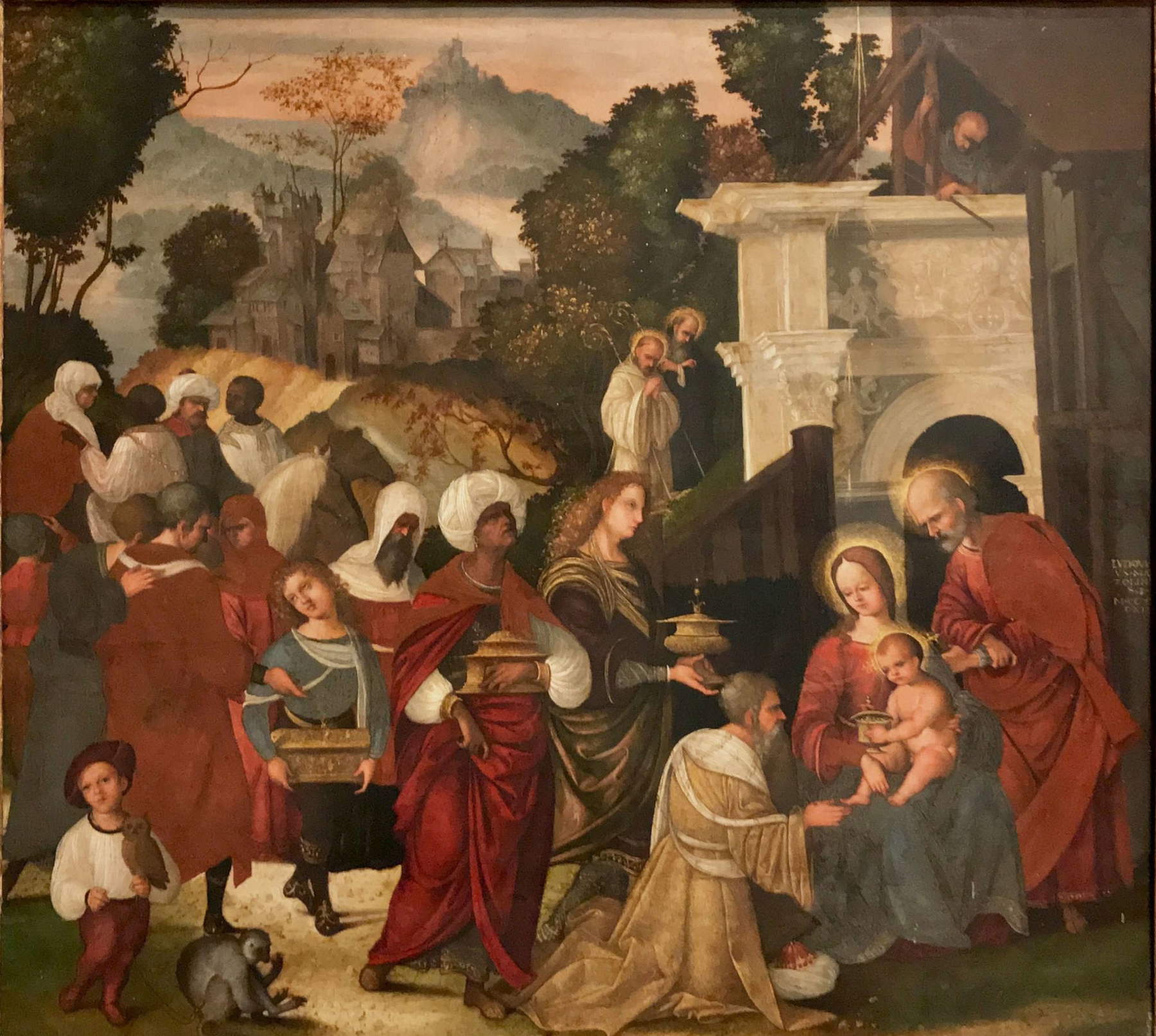
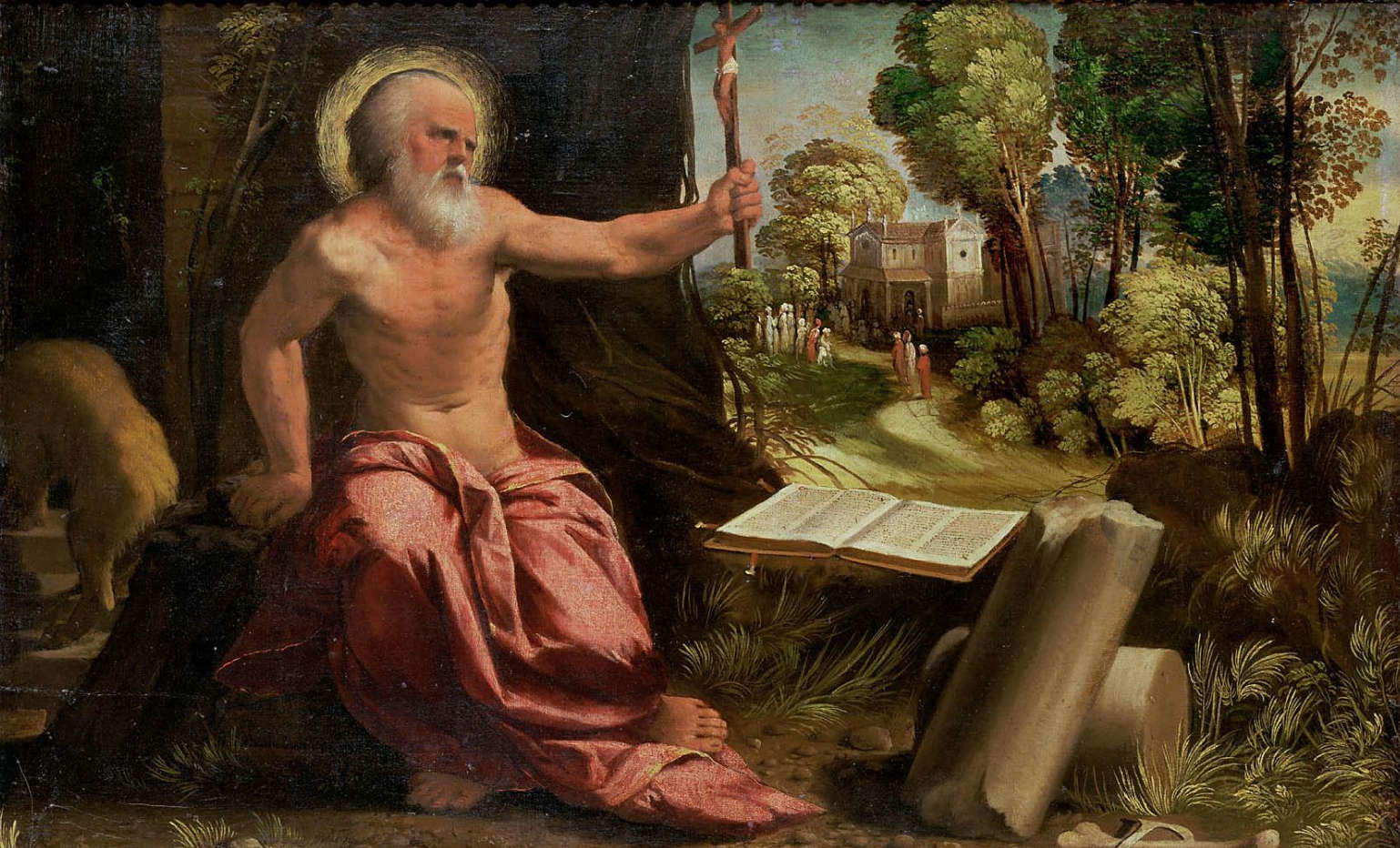
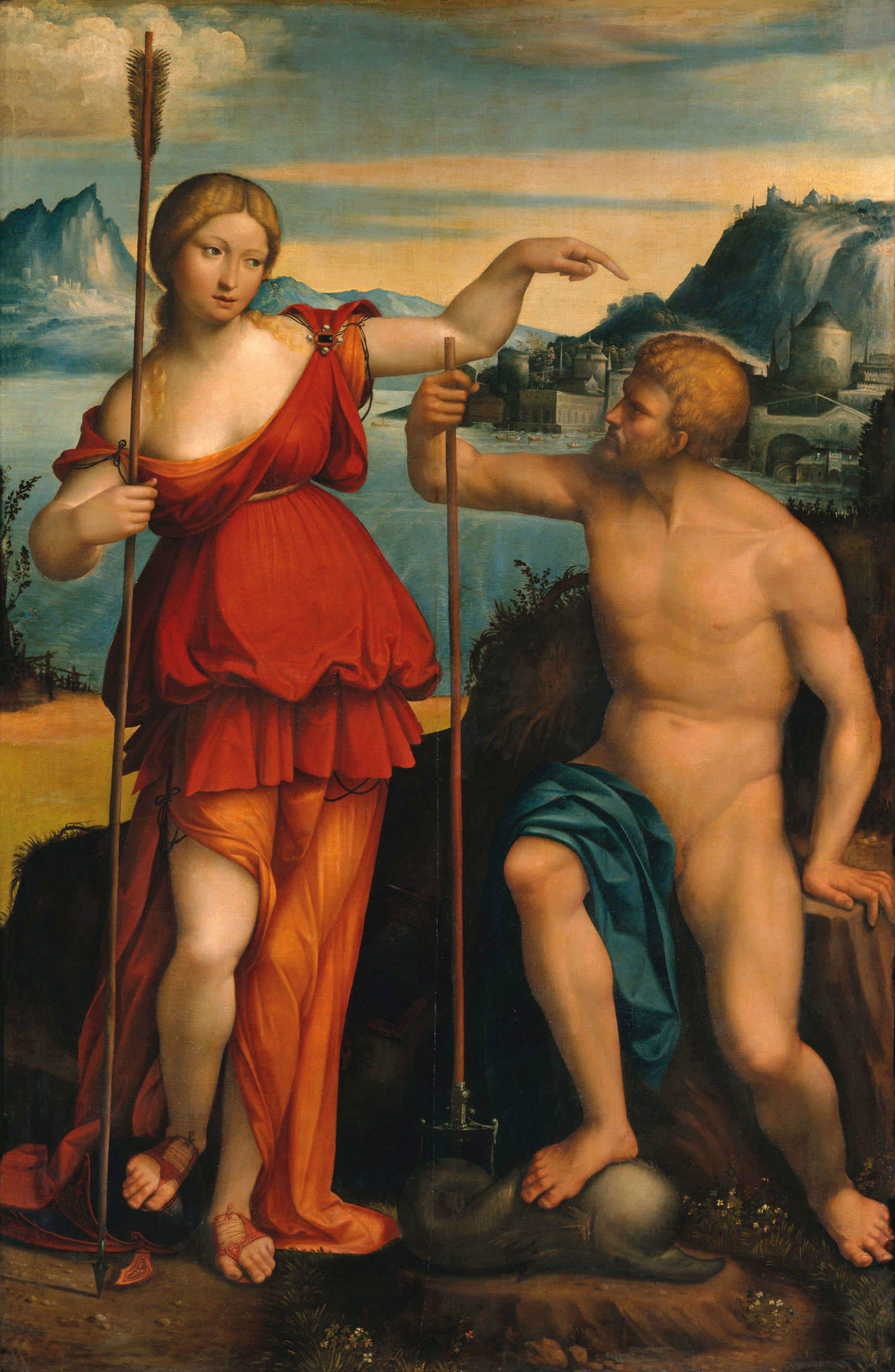


#64

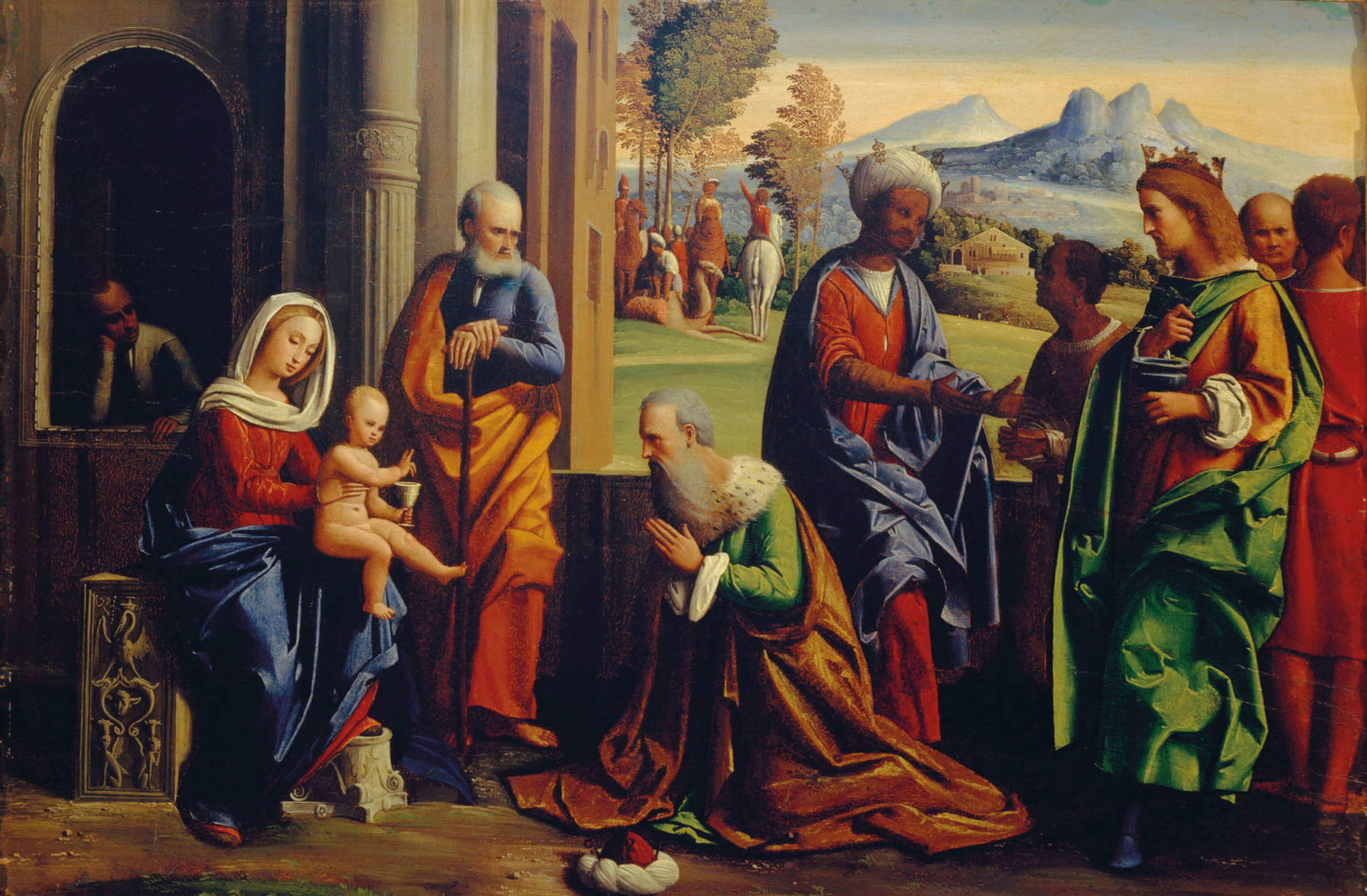



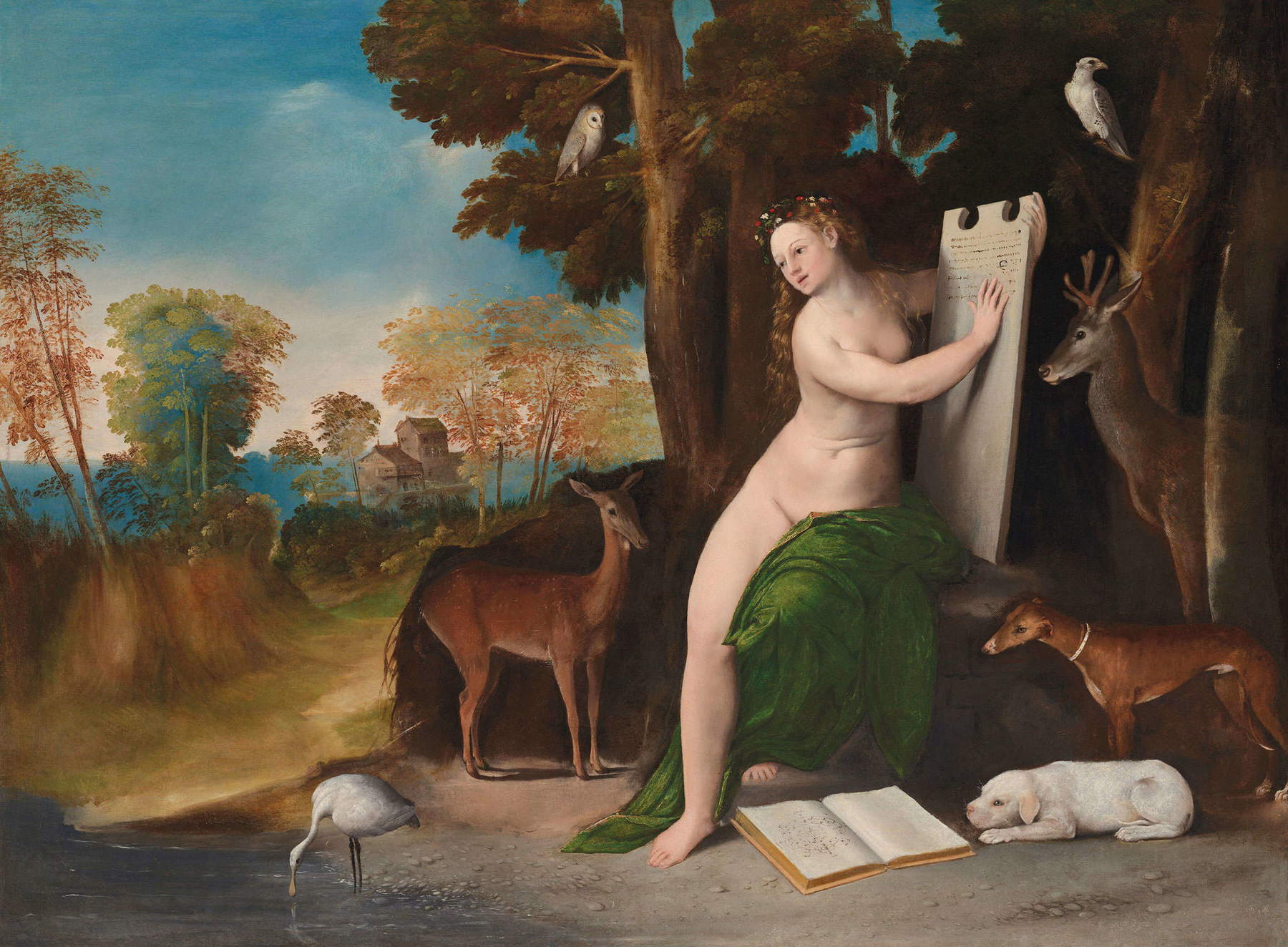
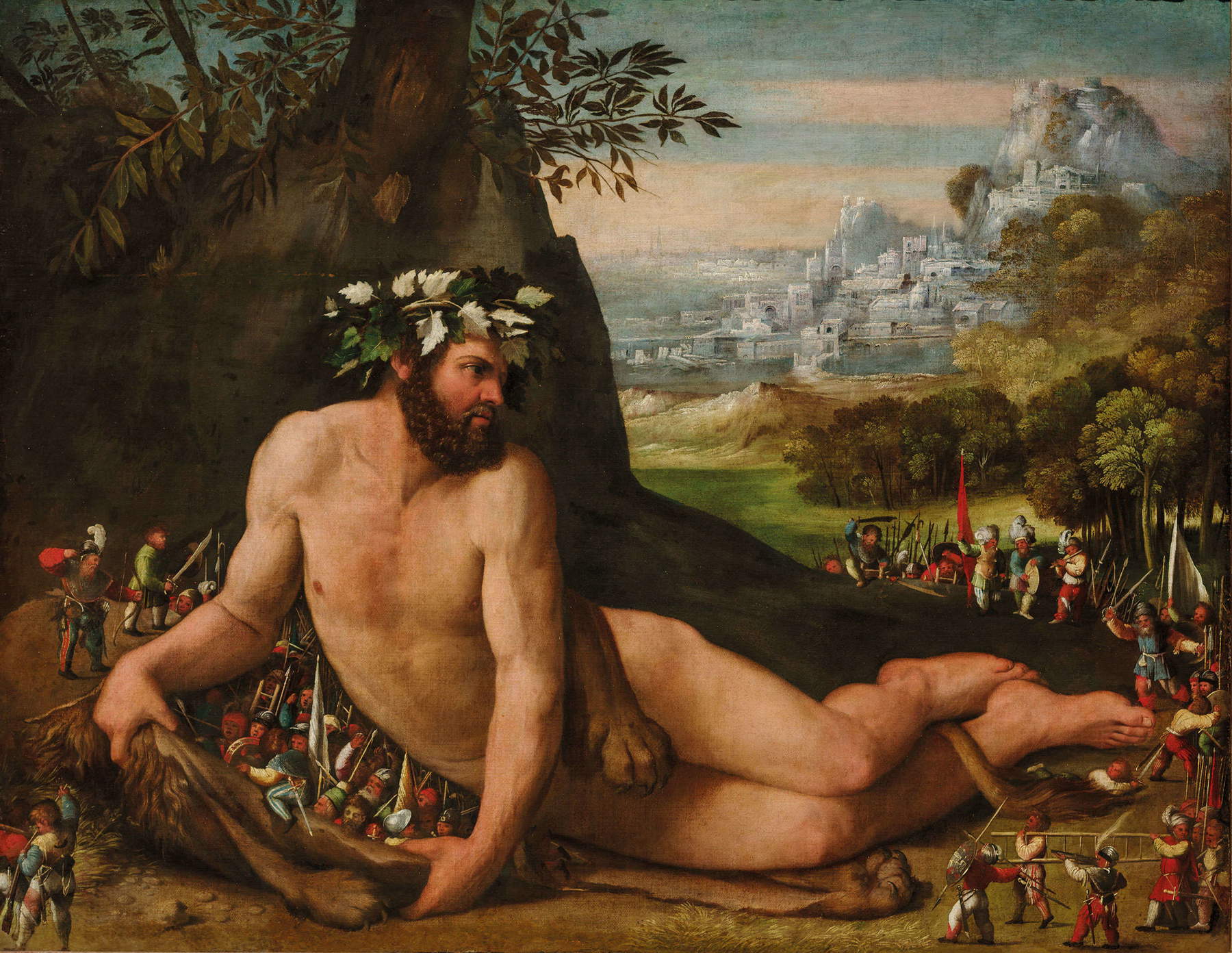
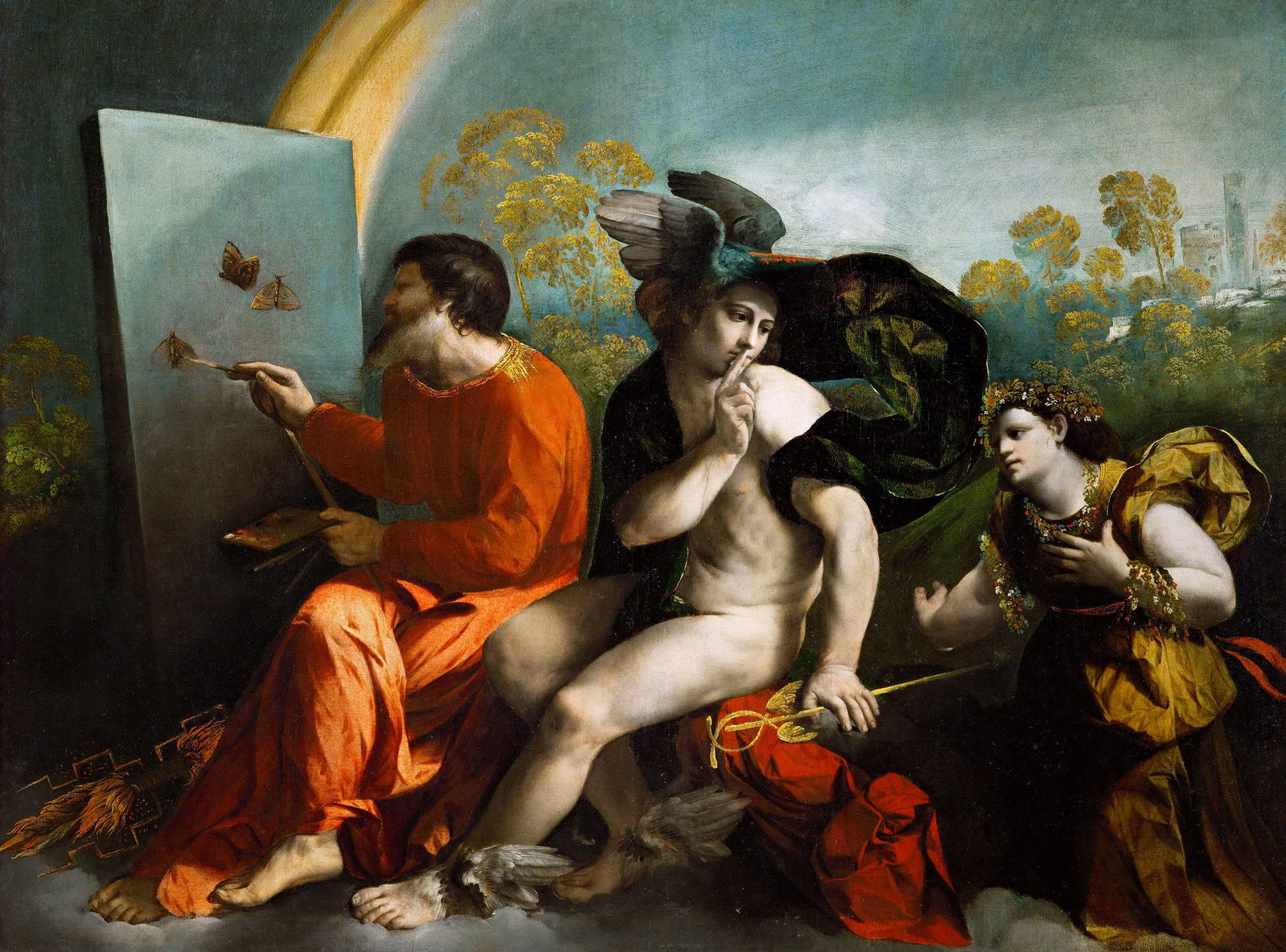
 |
| A major exhibition on the 16th century in Ferrara, at the Palazzo dei Diamanti |
Warning: the translation into English of the original Italian article was created using automatic tools. We undertake to review all articles, but we do not guarantee the total absence of inaccuracies in the translation due to the program. You can find the original by clicking on the ITA button. If you find any mistake,please contact us.